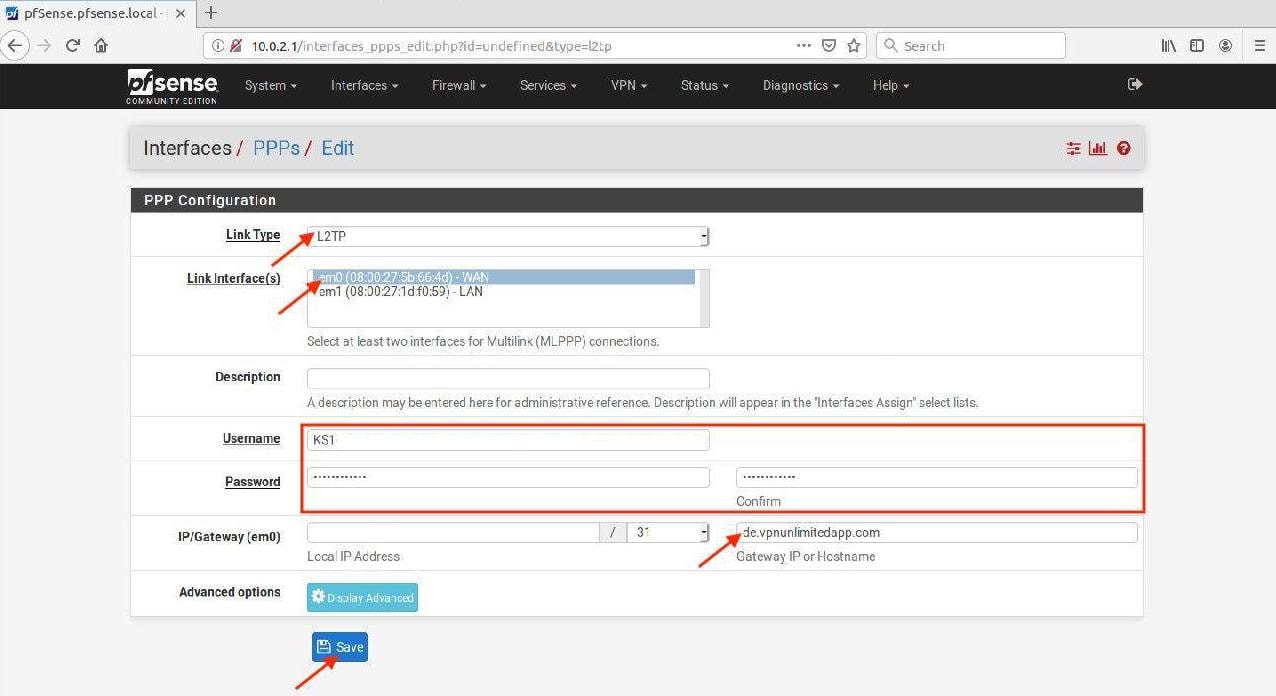

There isn’t really all that much to getting things up and going. The reason I chose L2TP is becuase it is built in to the VPN client on pretty much every OS these days, making client set up and configuration fairly quick and painless (I’m sure its not difficult to set up and use OpenVPN either but I didn’t get that far, maybe I will experiment with it in the future). They are both considered secure and from what I’ve read OpenVPN is considered slightly better.

There were pretty much two options when it came down to setting up my VPN server the way I wanted it. The known vulnerabilities relate to the underlying PPP authentication protocols used, the design of the MPPE protocol as well as the integration between MPPE and PPP authentication for session key establishment.Īfter discovering this information I decided to poke around for a little bit to decide what would work the best for me. PPTP has been the subject of many security analyses and serious security vulnerabilities have been found in the protocol. So that got me thinking about beefing up my security. But apparently PPTP is known to be less secure than other methods. At first, I had a working VPN implementation with PPTP and life was good. I’ve been toying around with setting up a home VPN for about a week or so now, which has progressively improved.
#L2tp vpn client update
I will update this post with full L2TP/IPSec instructions once this functionality has been added in new versions of PFSense. It has come to my attention that many of you are are looking for a L2TP/IPSec solution, which is currently not supported in PFSense as of the version I am using (2.0.1). UPDATE: I think it is important that I inform readers that this guide is strictly for setting up and using L2TP.


 0 kommentar(er)
0 kommentar(er)
